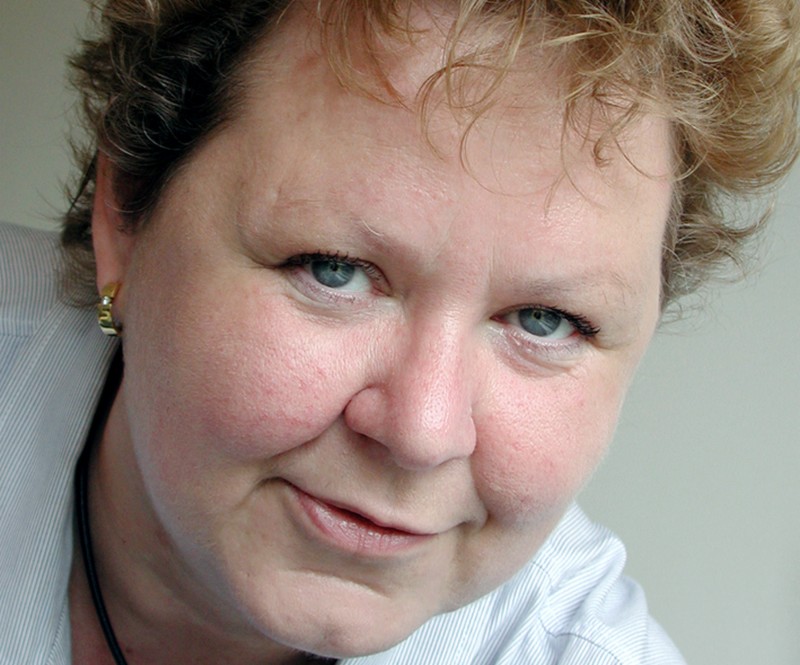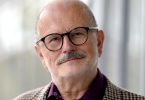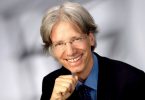A statement by Dipl.-Ing. arch. Christine Ziegler, Urbanist and Editor-in-Chief of the science-technology magazine “Transforming Cities”
Getting to your destination – whether it may be a workplace, a school, a shopping center, or a site of leisure activity – quickly, stress-free and conveniently, is the mobility ideal in modern cities. In reality, however, using urban transportation no longer means being able to travel freely and quickly. On the contrary, as urban populations continue to swell, and more people from the surrounding areas travel daily to the city centers, existing traffic systems and urban spaces are becoming increasingly burdened.
The problems of urban mobility have long been on the table. Threshold levels for CO2, nitrogen oxide, ozone, and particulate matter in urban areas are being exceeded with increasing frequency. Noise and fumes continue to introduce proven health risks for people living and working on busy roads. In addition, spaces for flowing and stationary traffic compete with built-up and public spaces as access roads and parking lots for new private and public buildings are created on already scarce and expensive building lots. Urban greenery, an important element for improving urban climates, is being pushed back. In addition, more ground surface continues to be paved or sealed off, increasing the risk of flooding caused by heavy rain.
It is clear that something must be done. Are driving bans for inner cities the solution?
Not really. Traffic situations are far too complex to be solved with simple solutions like this, especially because, sooner or later, numerous exceptions typically erode such bans.
This is why fundamental changes in how we think about mobility are necessary. In fact, numerous ideas about and concepts for new types of mobility are currently emerging, for example, autonomous driving, electro-mobility, car sharing, parking space management, “mobility-as-a-service”, as well as intermodal passenger and freight transport. All of these represent possible approaches for changing long-established transportation systems.
Changing the systems by using electric energy instead of gasoline and diesel, or driving motor vehicles without owning them can certainly bring improvements. The question remains, however, whether implementing these concepts can address the real challenge, namely, rapid worldwide urbanization.
Above all, metropolises in emerging and developing countries are the targets of a huge rural exodus. Even in industrialized nations, big cities have enormous appeal, because they provide more job opportunities, superior living conditions as well as better and more diverse educational, health care, and cultural offerings.
If we look at population development over a longer period of time, the exponential growth of the cities becomes very clear. In 1900, only around 10 % of the world’s population lived in cities. Today it is more than 50 %, and the United Nations predicts an increase to 75 % by the year 2050. Based on the UN’s estimate that the world population will soar to about 9.6 billion in 2050, we can expect that – by the middle of the century – the number of city dwellers could increase to 7 billion, almost double of the current figure of 3.7 billion. Already in the medium term, mobility, as we currently know it, will no longer be an option.
Perhaps a fundamental change of attitude, moving away from the philosophy of unrestricted urban mobility towards structural traffic prevention could permit a certain amount of free movement. This approach would include, for example, reducing the distances between individual places of activity, such as residences and workplaces or production and shopping. By bringing these places closer together again, many unnecessary journeys could be avoided.
Thanks to digital technologies, this is already possible today. Social resolve would be the next step.
This arcticle was published in International Transportation 1 | 2018





